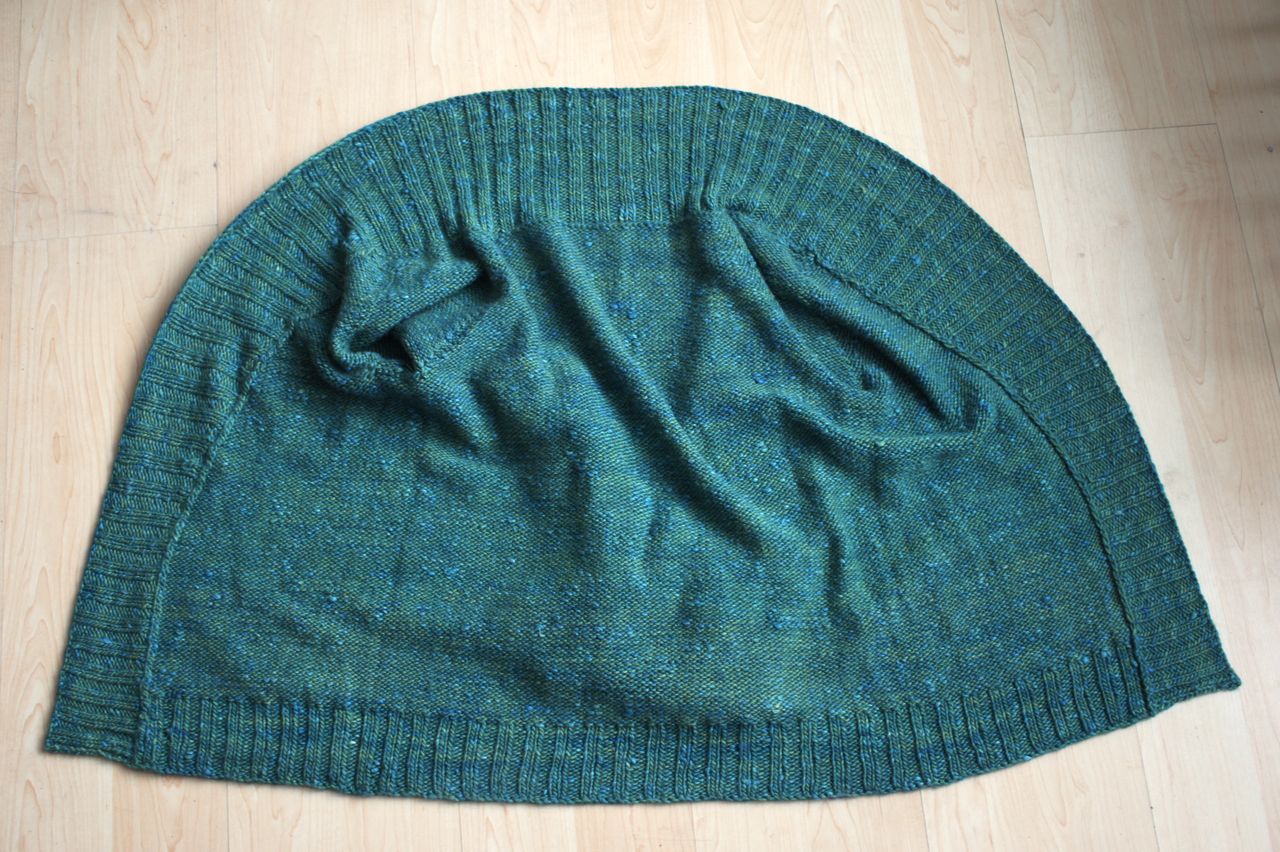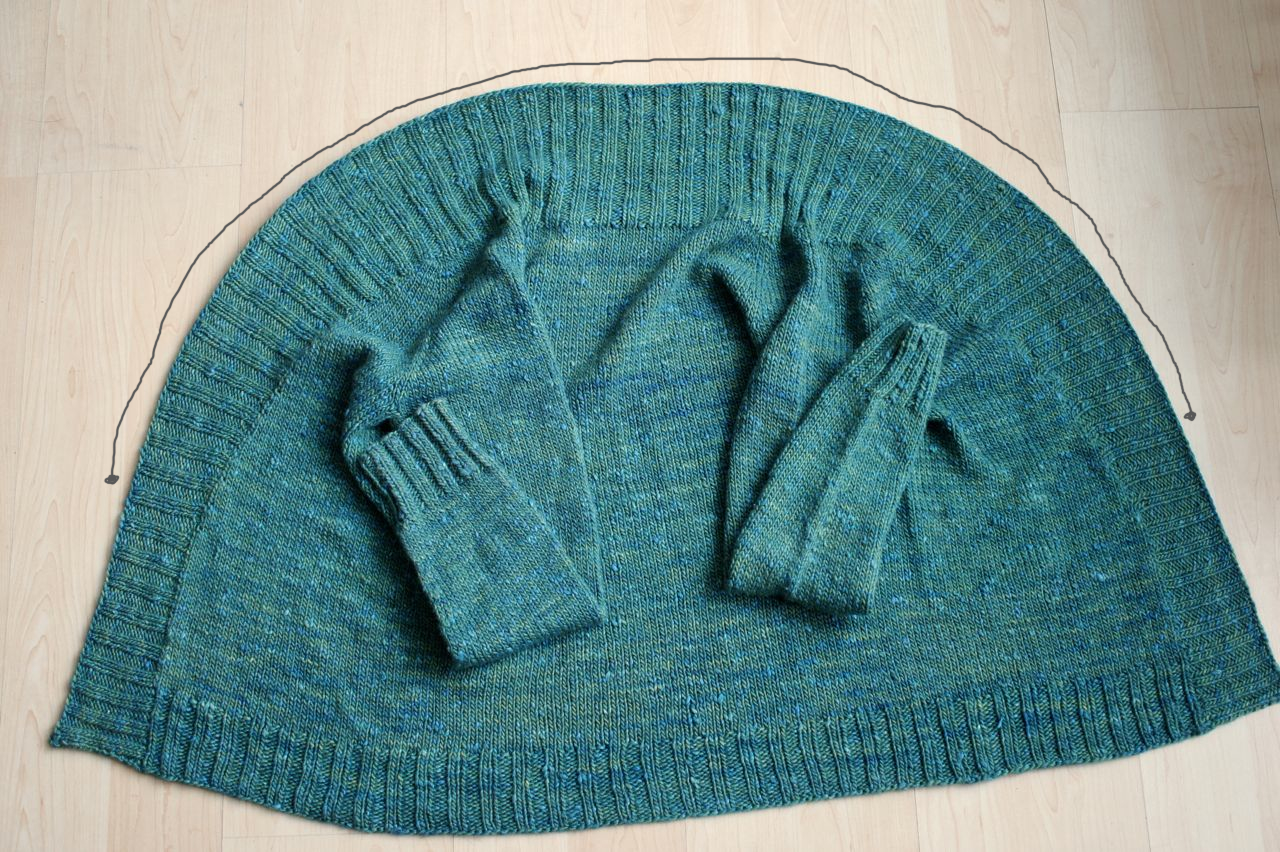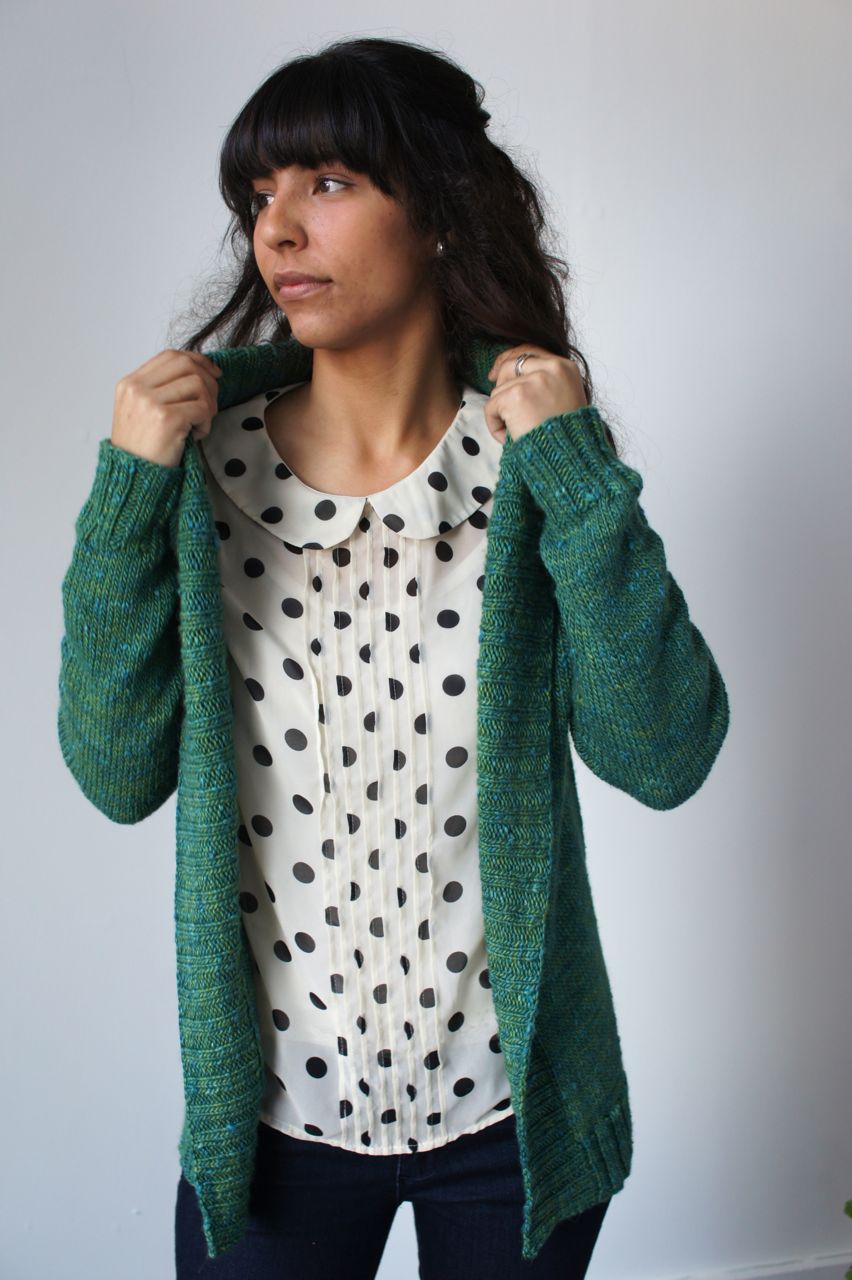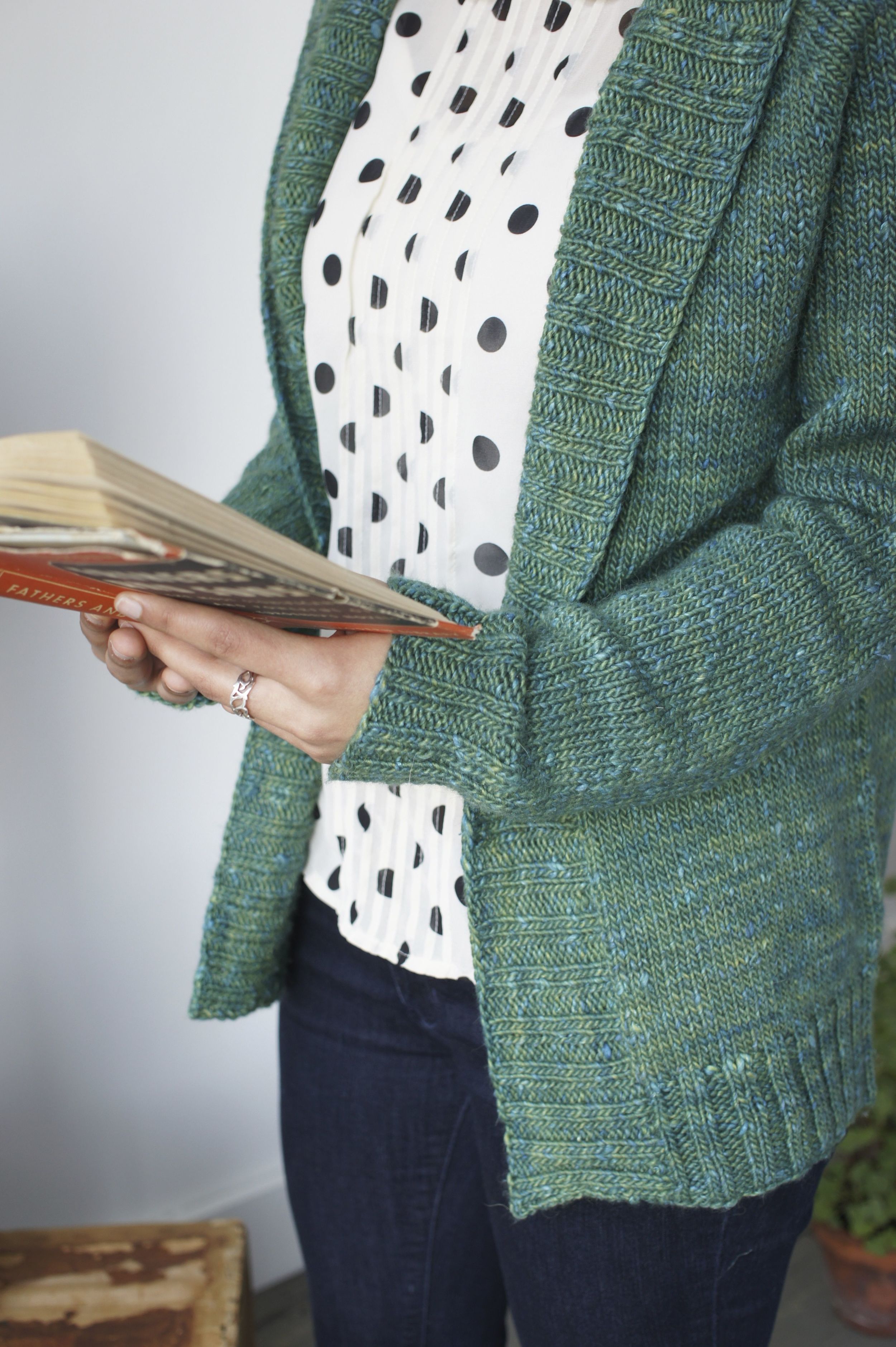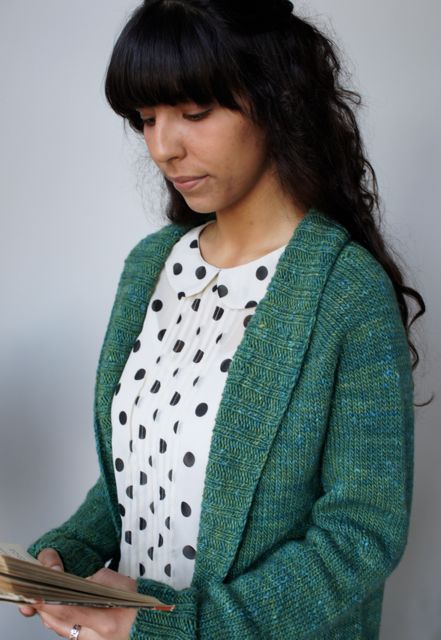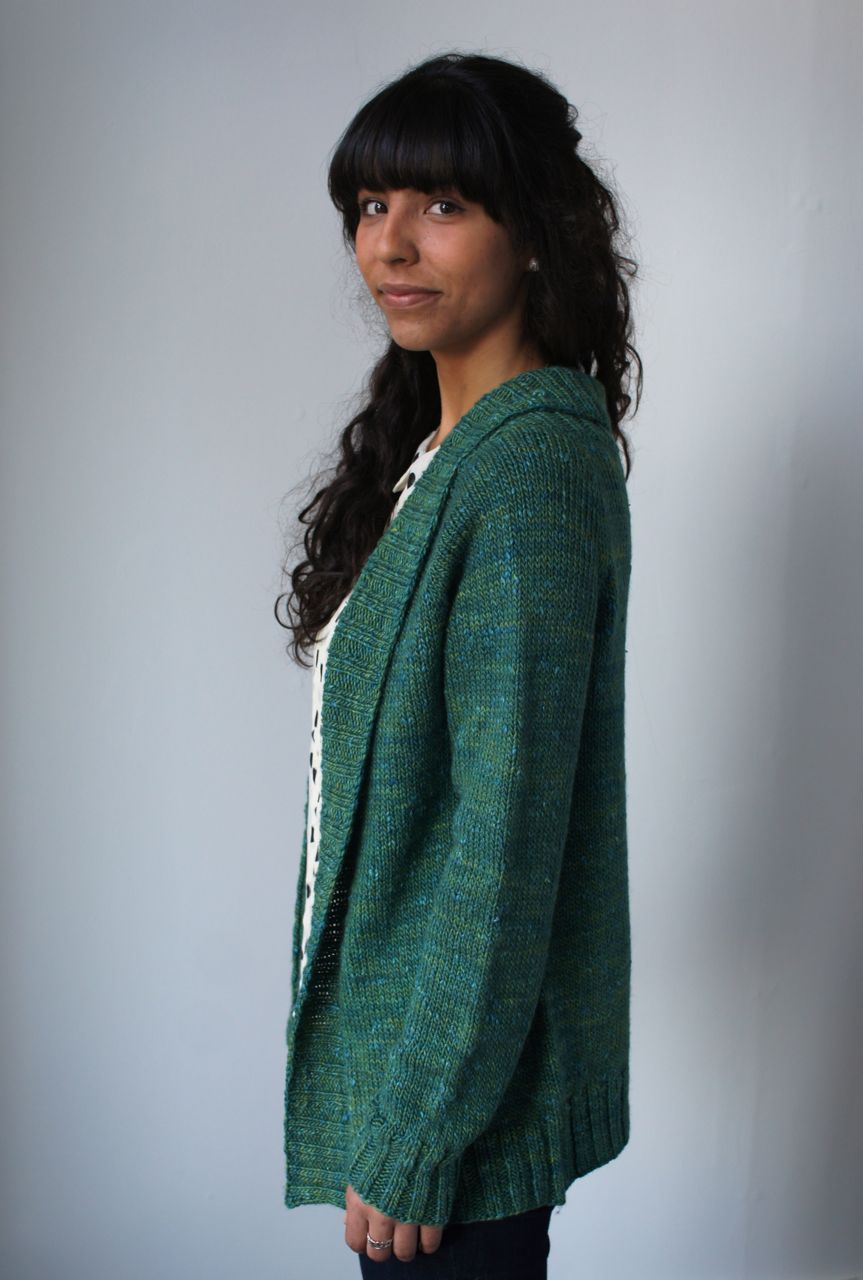As with many Knitbot designs, Rosemont is a top down raglan. It is a compound raglan, which means that increase rows are worked at a variety of intervals, versus being worked exlusively every other round. This gives the raglan line a nice curve that is closer to a traditional armhole versus the straight angled line you get when you work increases every other row. This is on top of the fact that you are shaping the neckline AT THE SAME TIME. So at first glance there is a lot going on.
Kate has done an awesome job spelling out what's going on line by line HERE. If you're working on this project it's definitely worth a read through.
Another thing you might consider doing is using some graph paper (though any paper will do) and charting out a visual of what you'll be doing. Then you can check off rows as you work them. For more on this, you can listen to episode 3 of Knit.fm where Pam and I talk about managing the instructions AT THE SAME TIME.
Join the Rosemont KAL group to participate in more discussion around this pattern!


